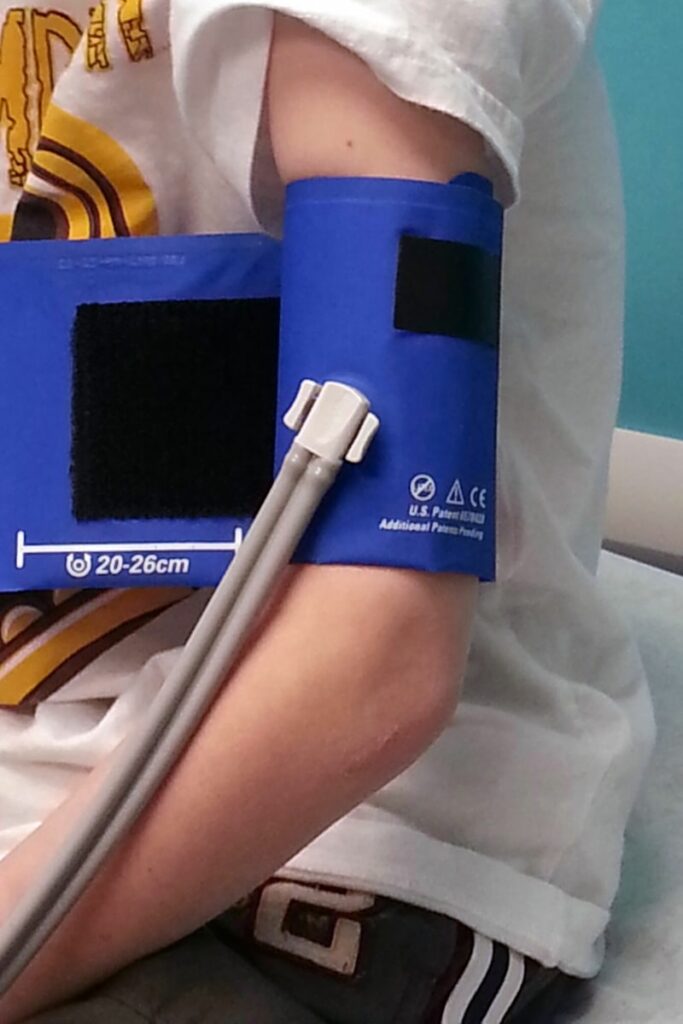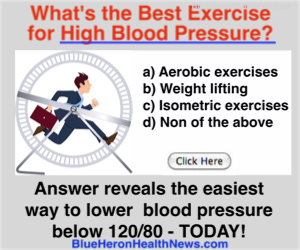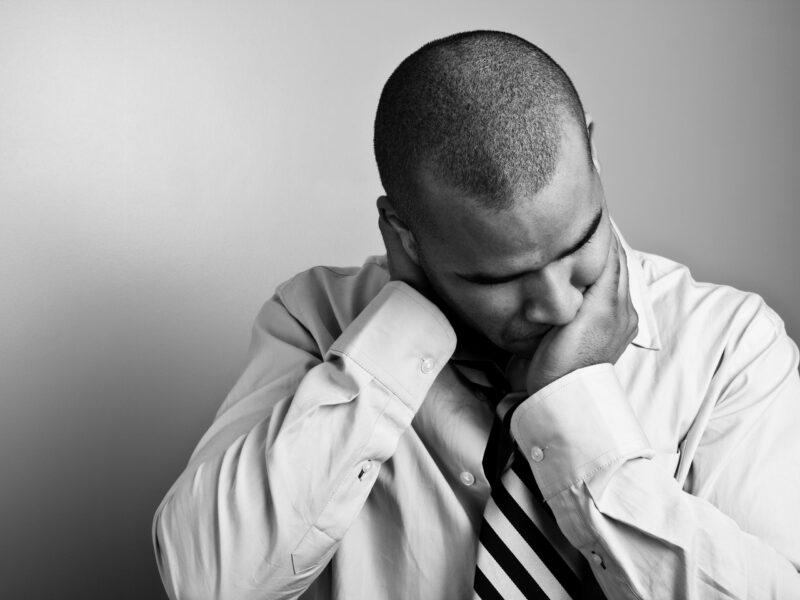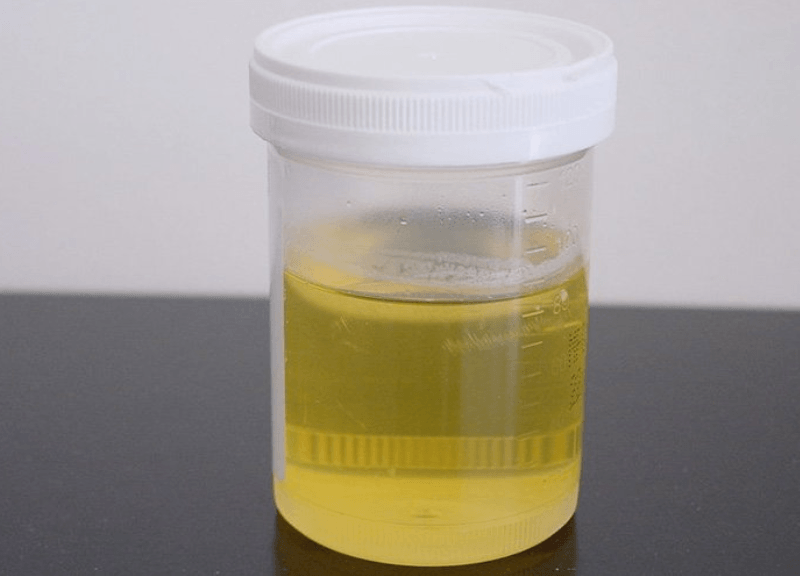Here are some tips on how to read your blood pressure at home. Loose clothing will make it easier to push up your sleeves. The following things can raise blood pressure:
Be sure you won’t need to use the toilet or be anxious or tense while taking the reading. Please wait to take it immediately after a big meal, and don’t drink caffeine or smoke within half an hour of doing so.

The results you get from each arm may differ, so take your readings from the same arm every time. Use the same arm as your medical professional when monitoring blood pressure.
To take a reading, put the cuff around your upper arm and wait for it to inflate. The cuff will make a clicking noise when it’s ready. Then you’ll feel tight when the cuff begins to measure pressure in your arm. It should last only a few seconds.
How To Get The Most Accurate Measurements?

Rest for five minutes before taking your readings. Sit at a table and support your arm on a firm surface so it rests against said surface. Also, put each foot flat on the floor.
Place the cuff around your arm so it is level with your heart. Use a cushion to keep your arm at the right height. Keep still and don’t move or speak while you are testing.
Take your blood pressure several times, then calculate the average. Sometimes people’s blood pressures are higher when they first check them than at other times.
But this can be misleading. If this is the case for you, keep taking the readings until they seem roughly the same. Then use them as the readings you record.
How To Read Your Blood Pressure!
Your reading can be recorded on your monitor or taken on your own. You need to keep accurate records, no matter how you record them. Refrain from rounding up or down the readings. It could change how your doctor treats you.
It’s okay to get a high reading for the first time, but if you get consistent readings, see your doctor. Your doctor will determine whether you need high blood pressure treatment.
Finally, it’s aware that people get upset by small changes in their blood pressure because they read it too often. Your blood pressure may rise in the short term when you are a worry. Check it sparingly.
What is ‘Normal’ Blood Pressure

Read your blood pressure at home. Follow The Chart Above. The ideal blood pressure level for a healthy lifestyle is below 120/80 mmHg. This blood pressure level lowers your chances of heart disease or stroke.
Adults usually have blood pressures between 120/80 and 140/90. If your blood pressure is higher than 120/80, take steps to lower it (and to stop it from rising further). Maintaining a healthy weight and following a good diet and lifestyle can lower blood pressure.
If your blood pressure is 140/90 or higher, you may have high blood pressure, also known as hypertension.
There is also a possibility that you have high blood pressure if one of the numbers is higher in a couple of weeks. Over time, high blood pressure can lead to heart disease and strokes, which leads to heart diseases.
Treatment of high blood pressure is essential for the prevention of dangerous complications. You have low blood pressure if your blood pressure is 90/60 or more. It can be serious if it is severe and lasts a long time.
How Is High Blood Pressure Treated?
The treatment of high blood pressure can involve lifestyle changes and medical treatment. If your blood pressure is higher than expected, your doctor may recommend lifestyle changes rather than medication.
You will need physical exercise as well as dietary changes during treatment. Then you’ll be asked to reduce your blood sugar, salt, and alcohol intake. If you are a smoker, stop smoking before your blood pressure increases. Weight loss may lower your blood pressure if you are overweight.
You may need medical high blood pressure treatment if your blood pressure is high or doesn’t improve due to lifestyle changes. Several types treat hypertension of medication.
Patients often need a combination of two drugs. Different treatments for high blood pressure are available, including ACE inhibitors, calcium channel blockers, diuretics, and beta-blockers.



